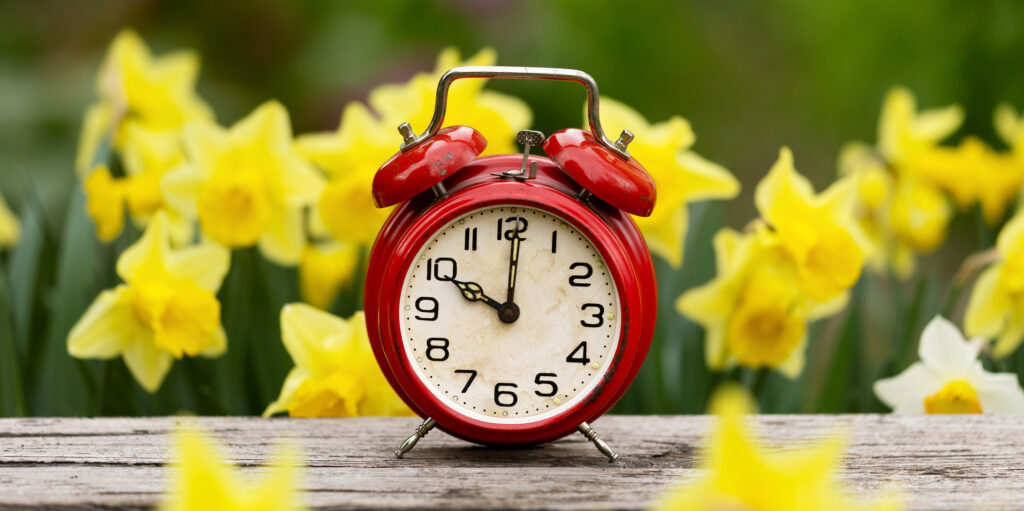As Daylight Savings Time begins, we lose an hour of sleep but gain longer days filled with sunshine. While the extra daylight is welcome, the shift also impacts your body, particularly your hydration. The adjustment to the new time can disrupt everything from sleep to thirst signals, making it essential to stay mindful of all your hydration needs.
How Daylight Savings Time Affects Hydration
- Sleep Disruption: The lost hour of sleep leaves you feeling tired, which can cause you to miss thirst signals and overlook hydration. This makes dehydration more likely.
- Increased Sun Exposure & Activity: Longer days mean more time outdoors, leading to increased fluid loss from sweating. As spring temperatures rise, staying hydrated becomes even more important.
- Disrupted Routine: The time change can throw off your eating and drinking habits, and during the busy transition between day and night, you may miss opportunities to hydrate.
Tips for Staying Hydrated During Daylight Savings Time
- Start Your Day with Water: After a disrupted night’s sleep, drink a glass of water to rehydrate your body, kickstart your metabolism, and replenish fluids lost overnight.
- Track Your Intake: Set reminders or carry a reusable water bottle to ensure you’re drinking enough throughout the day. Aim for at least 8 glasses of water daily, more if you’re active or spending extra time in the sun.
- Hydrate During Exercise: With more daylight, many people exercise outdoors. Make sure to drink water before, during, and after your workout to replenish lost fluids.
- Eat Hydrating Foods: Many fruits and vegetables, like cucumbers, watermelons, and oranges, have high water content and can help boost hydration.
Final Thoughts
Daylight Savings Time can disrupt your routine, but staying mindful of your hydration is key. As your body adjusts, prioritizing hydration will help you feel more energized, focused, and healthy. So, as you spring forward with the clocks, remember to spring forward with your hydration habits too!
